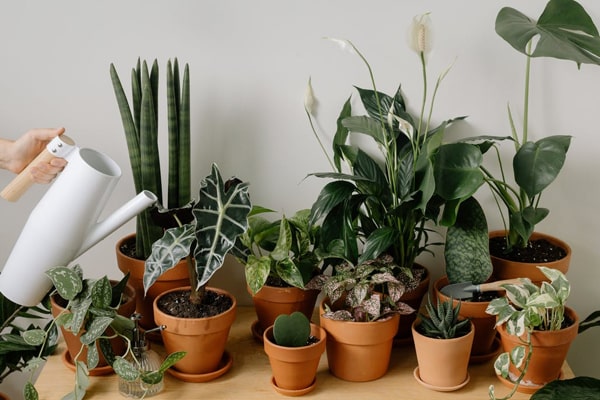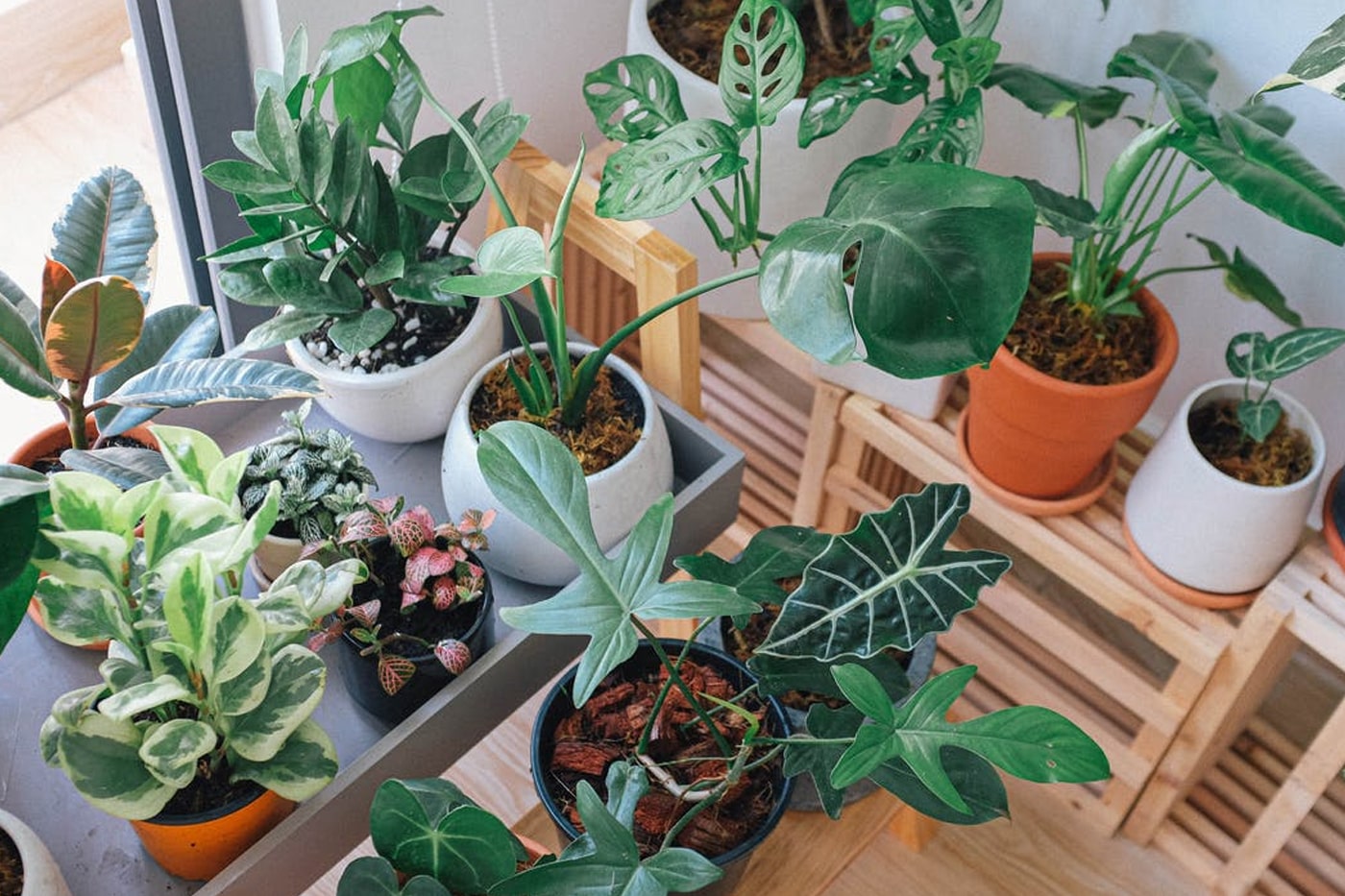If you’ve been growing plants for food or business, you’re probably familiar with humic acid. Humic acid comes from the final breakdown of organic matter. The chemical and biological humification of the decayed organic matter becomes concentrated and compressed into layers. Eventually, the substance turns into an organic, acidic electrolyte that can be used to amend the soil and improve its structure.
Contents []
Is humic acid good for indoor plants?

Yes! Humic acid is incredibly beneficial to plant life. This is why so many plant nurseries, gardens, and farms apply humic acid to the soil. Below are just a few of the many benefits of humic acid.
Boosts nutrient uptake in plants
Some plant nutrients need specific compounds for proper absorption. Humic acid makes nutrients from the soil readily available for plants to absorb by binding them with positively charged nutrients, such as calcium, magnesium, and phosphorus.
Neutralizes toxins
Heavy metals and pesticides, and traces of petroleum products can be absorbed by plants and end up on your plate. Humic acid neutralizes toxic molecules so that the plants do not absorb them. Instead, harmful chemicals are washed away from the soil.
Boosts soil moisture
Humic acid has the uncanny ability to alter soil structure for the better. It can loosen compacted clay soil and increase water retention in loose, sandy soil. That’s because the humic acid molecules go in between soil molecules, transforming the structure of the soil and enabling any type to support plant life.
Support microbial growth
Beneficial microbes are critical to the health of a garden. Humic acid supports microbial life in two ways: it serves as the microbes’ primary food source (carbon) while also acting as a shelter from the elements. Amending the soil with humic acid helps microbes thrive, which leads to a healthier, more pest-resistant garden.
How do you use humic acid for potted plants?

You can apply humic acid directly into the soil or spray a humic acid solution using a spritzer bottle. Dilute 2 teaspoons of humic acid in every gallon of water or mix about 2 tablespoons of humic acid per cubic foot of potting soil.
Apply humic acid during the spring or fall season, when the plants are actively absorbing nutrients from the soil. You should also use humic acid as a soil amendment when transplanting seedlings.
When to use humic acid fertilizer to improve the soil?
The best time to apply humic acid is during the growing season – spring to fall season. During this time, the plants are actively growing and absorbing nutrients from the soil. We also suggest amending the soil with humic acid in the morning and evening, never in the afternoons or when the sunlight is at its strongest. Afternoon applications can cause humic acid to evaporate before being absorbed by the soil.
How often should you apply humic acid?

For regular garden maintenance, apply humic acid once or twice per year. This goes for humates too. The first application is best done in early spring, just as the plants turn green from the warming climate.
The conditions should be ideal when applying humic acid outdoors because you don’t want the solution to be washed away before it’s absorbed by the soil — like picking a windless day and avoiding afternoons when the sun is at its most intense. But if you’re applying humic acid indoors, such environmental factors shouldn’t affect the effectiveness of the humic acid. It’s just a matter of finding the perfect water and humic acid ratio to achieve potency.
Humic acid has been used to promote better plant and soil health for decades, and its benefits have been well-documented. Want to give humic acid a try? We’ve got more gardening tips on our blog. Also, learn more about humic acid from our previous blogs.

To shop for gardening tools and other essentials, browse the ECOgardener store.



